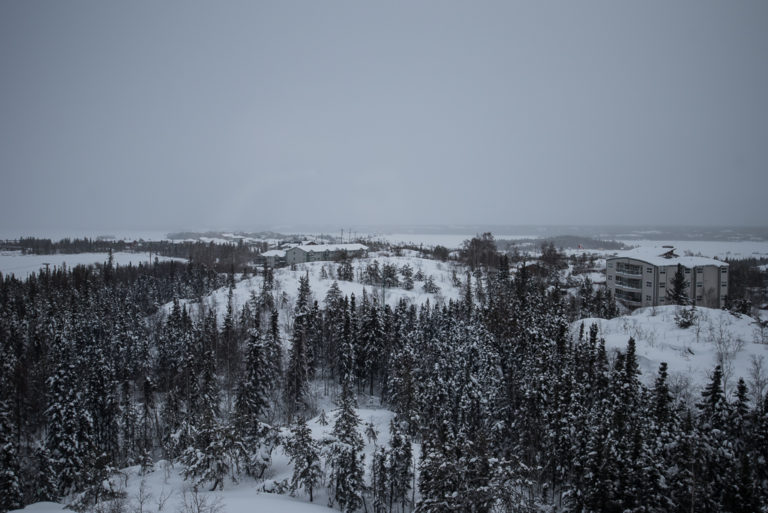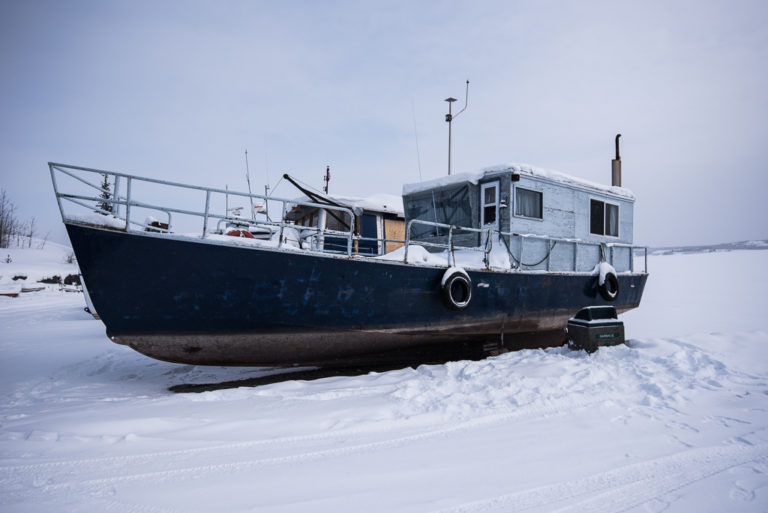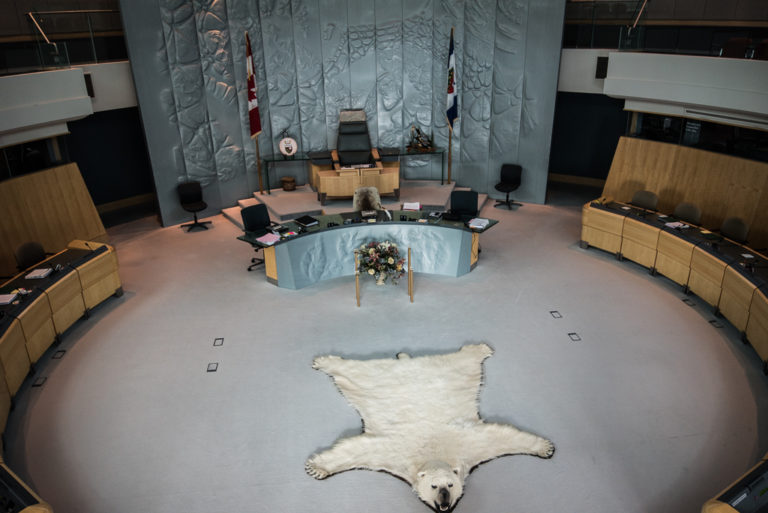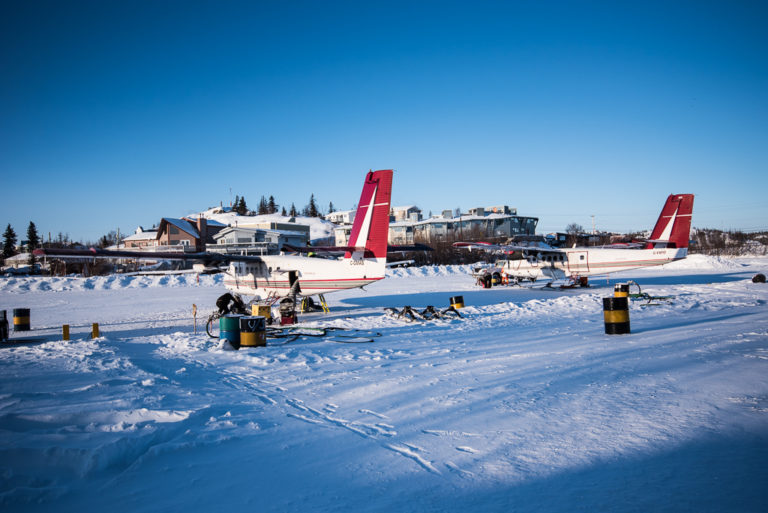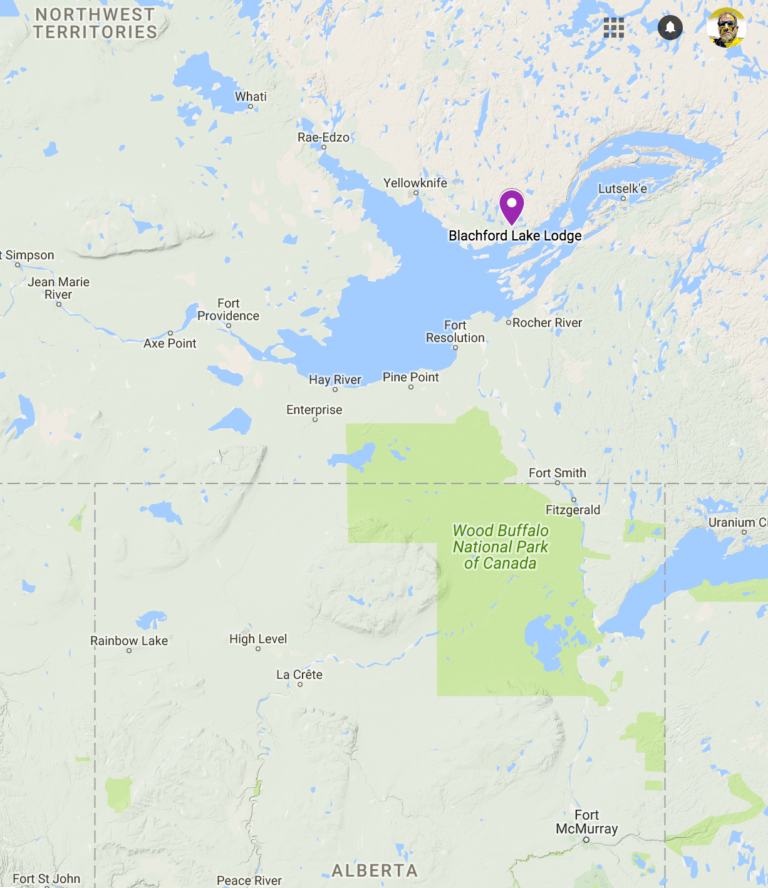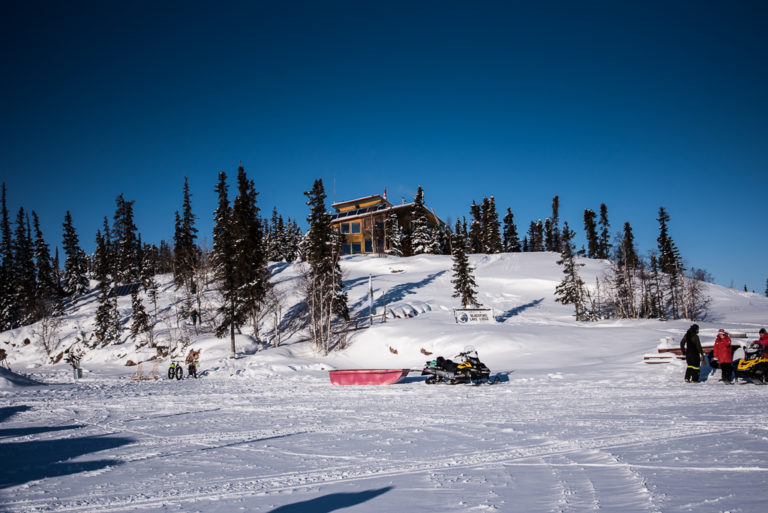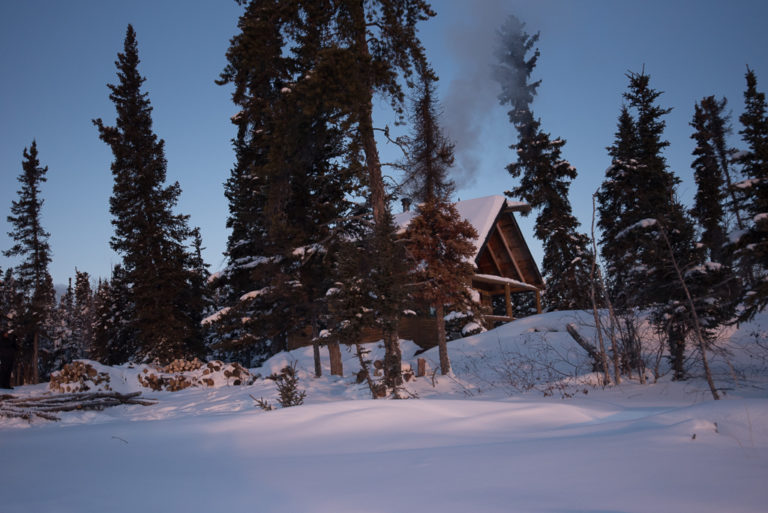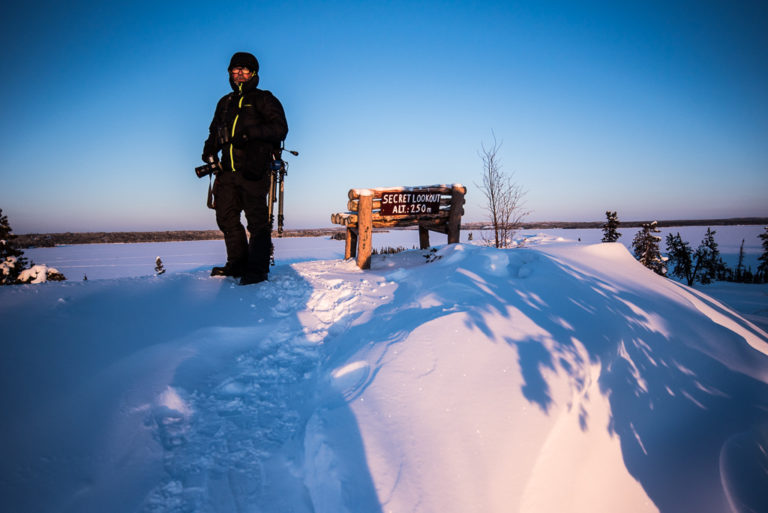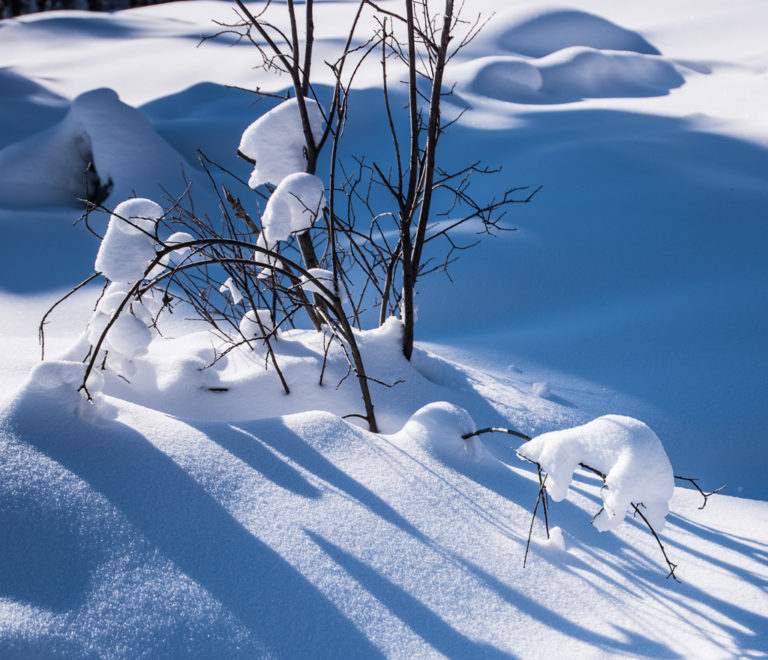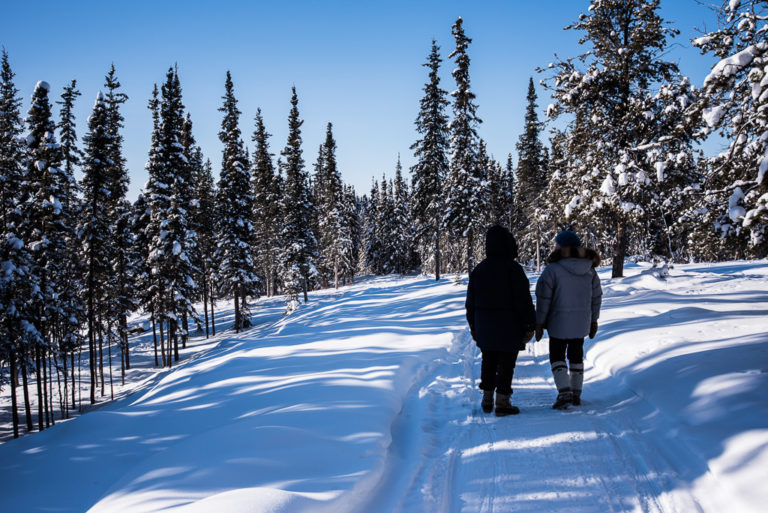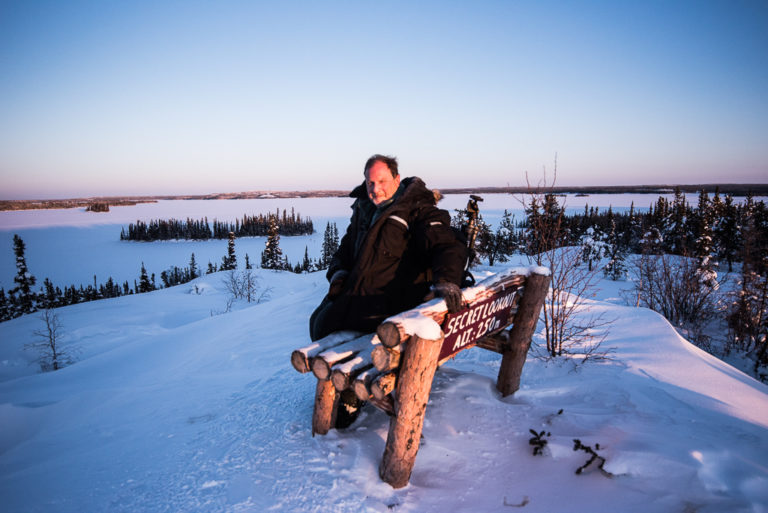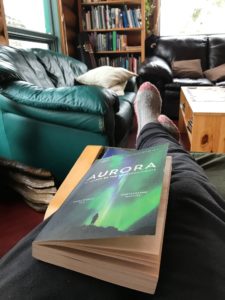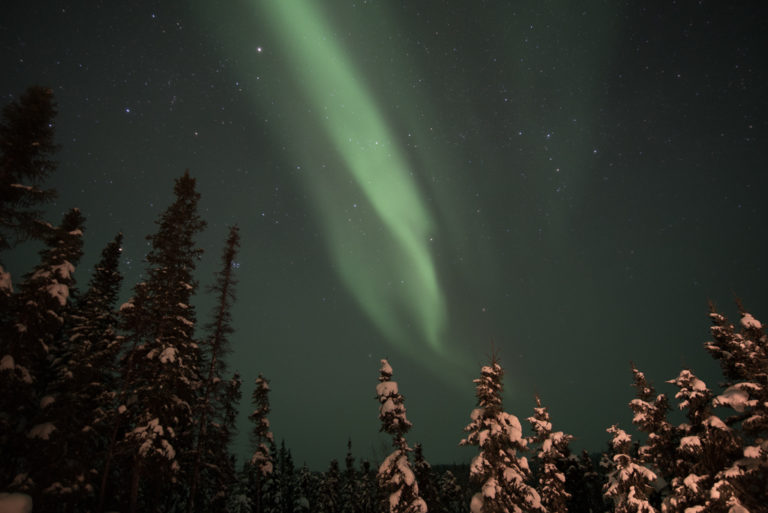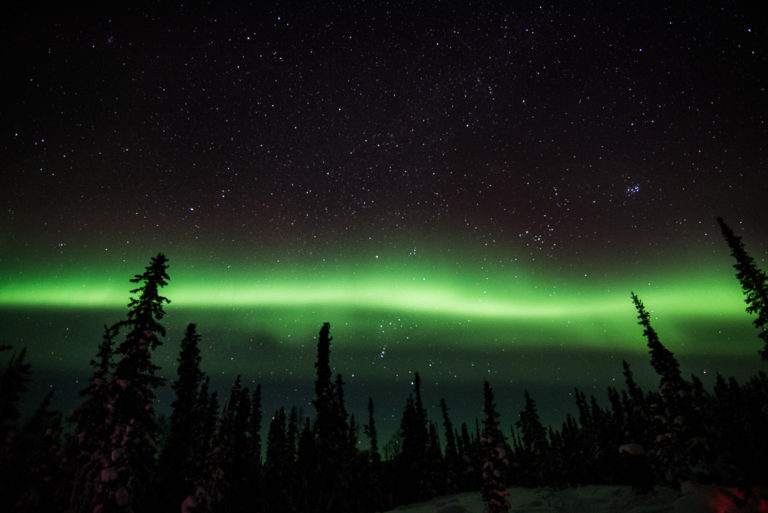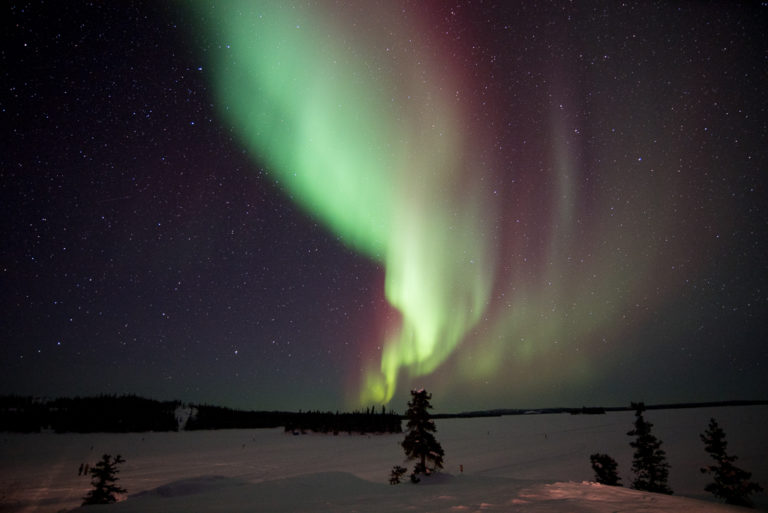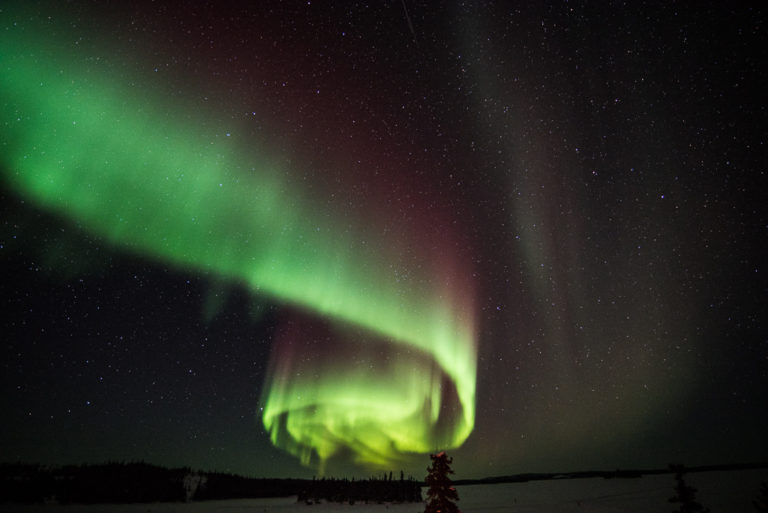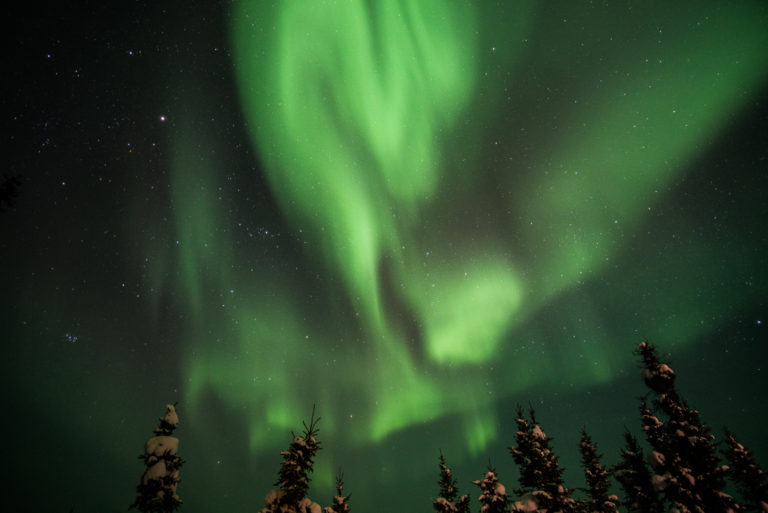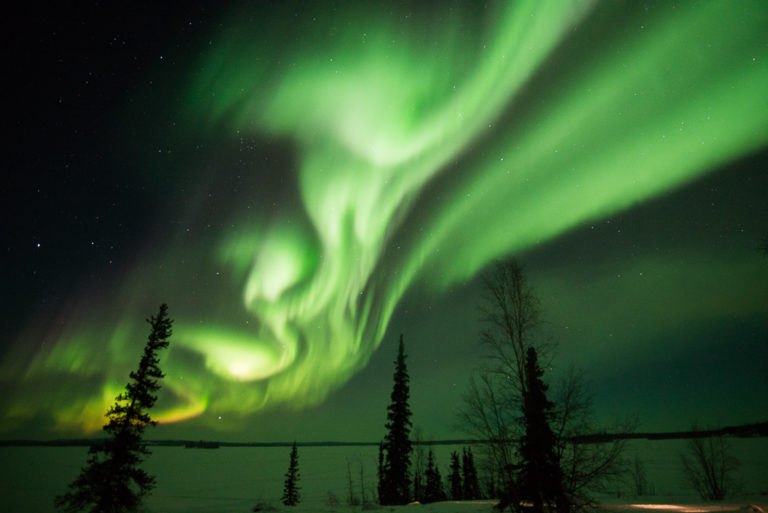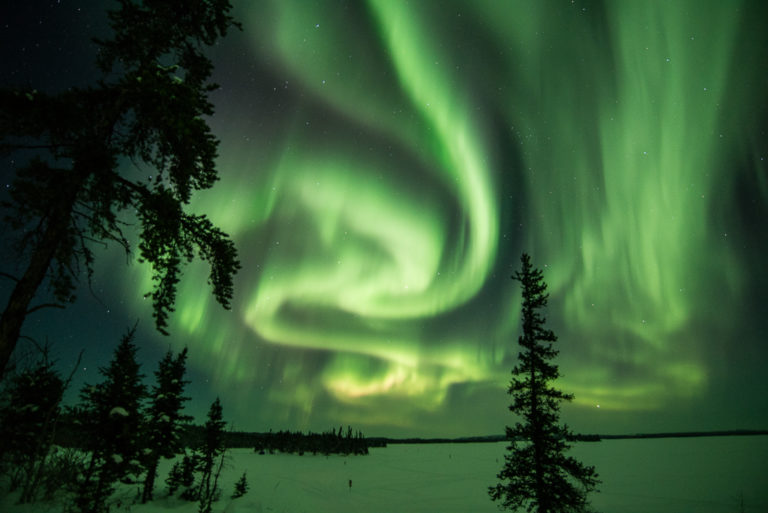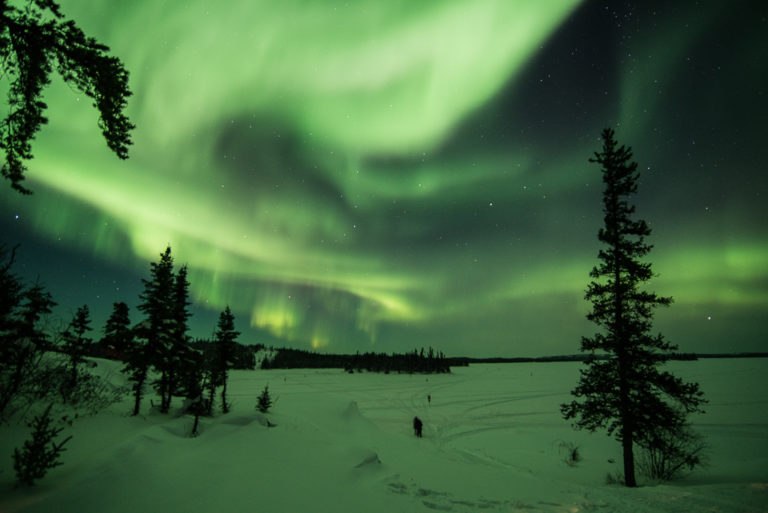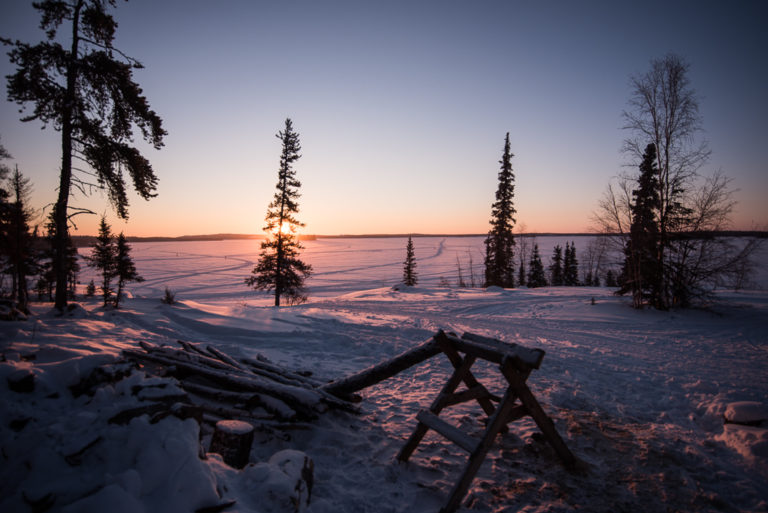After three flight legs (Palm Springs -> Seattle -> Edmonton -> Yellowknife, I arrived in Yellowknife, NT late on February 24.
Our group met up on the morning of February 25. We got fitted for the essential outer-ware (parka, ski pants and boots) provided by the tour organizers and then spent the day touring Yellowknife which was a gold mining settlement, until the gold ran out. It is the seat of government for the NT. There are less than 50,000 residents in the 500,000+ square miles of the Northwest Territories. Tourism, and now diamond mining are the main parts of its economy.
The region is sub-arctic, about 200 miles from the arctic circle, classified as taiga or boreal forrest. There are thousands of lakes, frozen of course at this time of year.
As part of our tour we visited the Northwest Territories Legislative Assembly building.
After a lunch of locally caught whitefish the group posed for a photo. I can’t decide if I (second from the right) look like the Michelin Man of the Pillsbury Doughboy but I was warm enough.
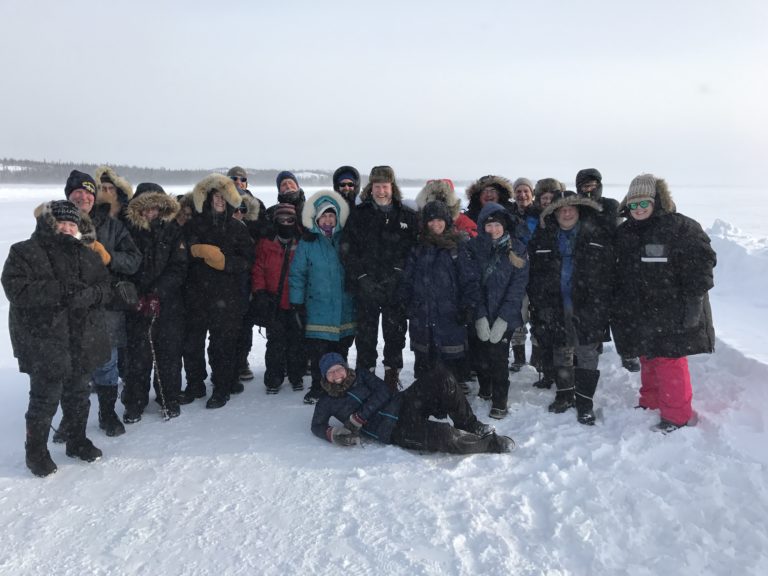
Photo credit: Gavin Pretor-Pinney (center) – Founder of the Cloud Appreciation Society and leader of this expidition.
The next morning we flew in two groups on one of these ski planes to the Blachford Lake Lodge.
Given the remote location the lodge tries to be as environmentally self-sustaining as possible. It was very comfortable and was staffed with a great kitchen which served three quite delicious and hearty meals a day. There are 3-4 full time staff and about 10-15 volunteer staff who maintain the lodge an act in many capacities including as guides. The volunteers commit to at least two months in a work/trade agreement.
While the lodge itself has five main guest rooms I stayed in one of the cabins down the hill.
I roomed with Hamilton Lund who fortuitously for me is a professional photographer from Australia. Nice guy who patiently answered my many photography questions.
Many beautiful hiking trails.
And now, the main event – the Aurora Borealis …
In this group we were lucky to have a plasma physicist, Dr. Melanie Windridge, with us. We all were given a copy of her book, Aurora, and she gave a great presentation on her travels researching the book and on the current science explaining the aurora phenomenon.
On the first night viewing the aurora one could have been a bit disappointed by what was in the sky. The photos to follow show very vivid colors due the fact that camera sensors have greater color sensitivity than the human eye. I’ve edited the next photo to try to show the subtlety of what the eye itself sees and even this photo is a bit more green than “reality”.
As the nights progressed however, the aurora became more and more active, culminating on the third evening when the entire sky was, at times, totally alive with movement and color. While the colors seen by the naked eye were never as pronounced as in these photos, the colors were vivid and the experience of being under the aurora was truly exciting and breathtaking.
When flying into Yellowknife I experienced the change in perspective that being much further north on the earth brings. At the latitude that I live (34.14˚ N), familiar constellations and the planets are seen quite high in the sky. Up north where we were staying (62.34˚ N), those constellations and planets were hugging, or even below the horizon and the North Star, Polaris, was very much high, overhead. Further empirical proof, if it was needed, that the world is not flat!
These photos do capture part of the experience but to get a better sense of the “live” phenomenon take a look at this video:
And finally, on the morning of departure, here is sunrise over the lake.
Four more flights, Blachford Lake -> Yellowknife -> Edmonton -> Calgary (overnight stay) -> Palm Springs, and I arrived quite overdressed for the 80˚ F weather. Happy to be home but very happy for the experiences, including the great people in this group, during this trip.
